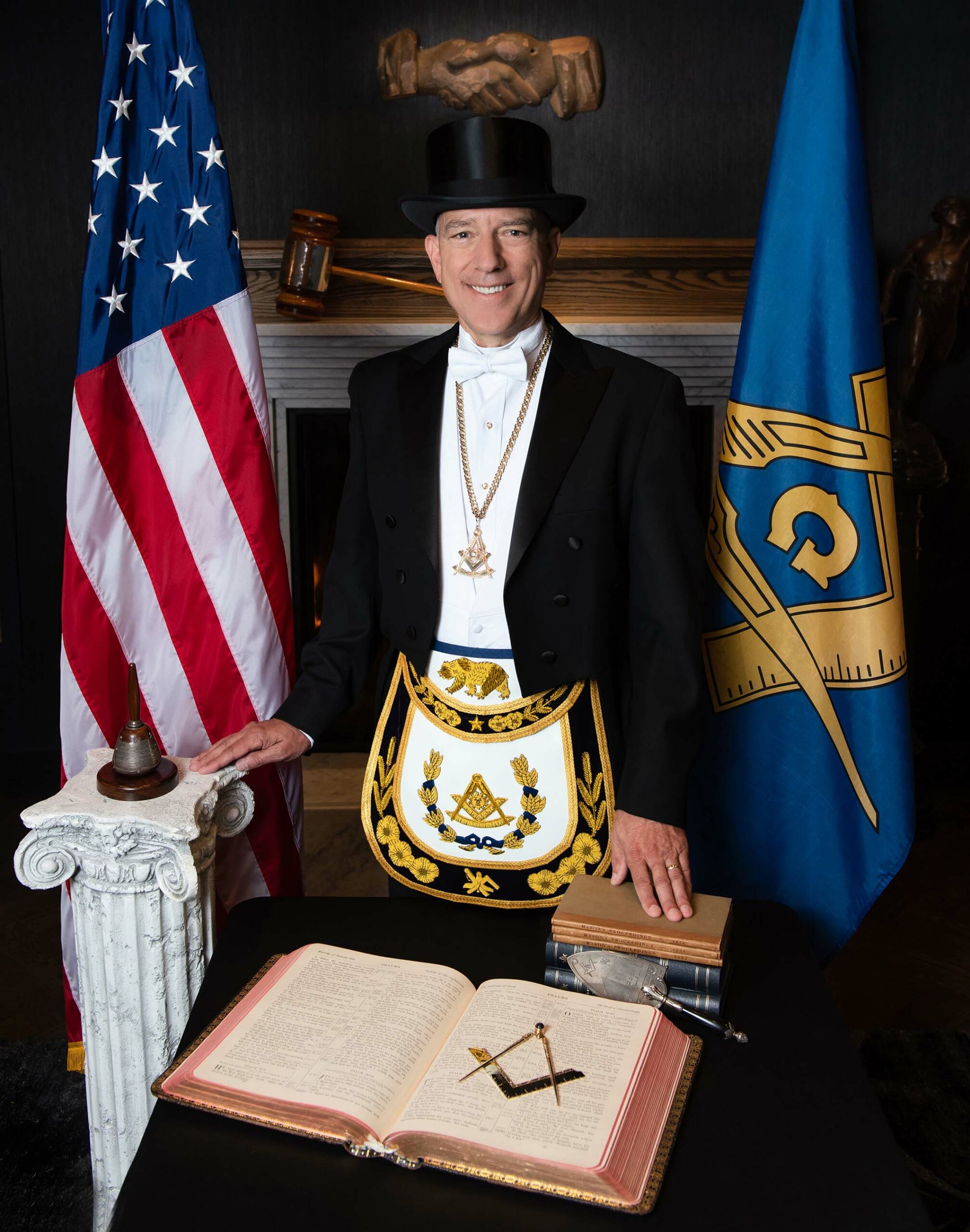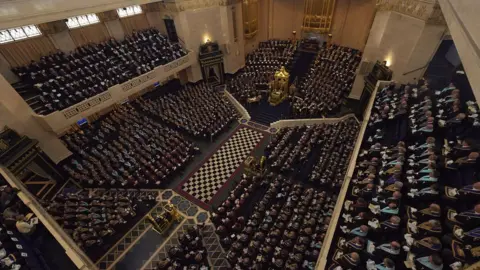Discovering the Mysteries of the Freemason: What You Need to Know
The Freemason, a term usually shrouded in intrigue and conflict, stands for a complex tapestry of historic truth and contemporary misconception. Developed in the late 18th century, this secret society was originally rooted in the Knowledge's perfects yet has actually since come to be synonymous with conspiracy theories regarding elite control. As we navigate the beginnings, vital figures, and the raw contrast between myth and fact, one must think about how these stories influence modern assumptions of power and privacy. What may be exposed via a closer exam of these elements could test long-held assumptions concerning the shadows that remain in our culture.
Beginnings of the Freemason
The origins of the Freemason are steeped in a blend of historic intrigue and ideological eagerness. Established in 1776 in Ingolstadt, Bavaria, by Adam Weishaupt, the team was at first created as a secret society intended at promoting Enlightenment perfects such as reason, secularism, and the splitting up of church and state. Weishaupt, a professor of canon legislation, looked for to challenge the prevailing authority of the church and state, which he viewed as overbearing establishments stifling intellectual and personal liberty.
The Freemason sought to recruit significant members from various social sectors, consisting of national politics, academia, and the arts, to cultivate a network devoted to these Enlightenment concepts. The society operated under a shroud of privacy, employing coded language and routines to protect its members from mistreatment, particularly offered the repressive environment of the time. However, the Freemason dealt with substantial resistance from both governmental authorities and religious establishments, which watched the team as a threat to their power.
Trick Figures and Members
Who were the essential numbers that formed the Freemason's very early impact and instructions? The Bavarian Freemason, founded in 1776 by Adam Weishaupt, became a feedback to the overbearing social frameworks of the moment. how to become a freemason. Weishaupt, a regulation teacher, pictured the organization as a way to promote Enlightenment ideals such as reason, secularism, and equality. His preliminary recruitment efforts included influential pundits, such as Baron von Knigge, that played an essential duty in expanding the team's subscription and business structure.
An additional substantial figure was Johann Gottlieb Fichte, a popular philosopher whose concepts on nationalism and education resonated with the Freemason's objectives. Fichte was not a formal participant, his philosophical underpinnings affected the team's belief. Furthermore, figures like the writer and thinker Johann Wolfgang von Goethe were related to the wider intellectual movements of the moment, although their direct participation with the Freemason continues to be questioned.
These essential numbers added to the Freemason's early instructions, pushing the limits of political and social thought, while their cumulative efforts intended to challenge recognized norms and promote a climate of dynamic modification in Europe.
Misconceptions vs. Truth
Numerous false impressions border the Freemason, commonly blending fact with fiction in such a way that obscures its true nature. This secret society, initially established in 1776 in Bavaria, intended to advertise Enlightenment perfects and combat spiritual and political fascism. The concept that the Freemason remains to exert considerable impact over world occasions is a myth. While the team did exist, it was disbanded in the late 18th century and has not run as a cohesive entity given that then.
Another widespread myth visit this page is that the Freemason comprises a network of elite individuals adjusting international affairs. In fact, many conspiracy concepts overemphasize the team's importance, connecting misguided motives to societal fads and events. This has resulted in an oversimplified sight of complicated concerns.

Modern Analyses
Contemporary check out this site analyses of the Freemason frequently show more comprehensive social anxieties and an attraction with privacy and power. This modern-day lens regularly associates the Freemason with conspiracy theories that suggest a covert elite coordinates globe occasions, adjusting federal governments and economic climates for their own gain. Such narratives take advantage of a deep-rooted mistrust of authority, particularly in times of crisis or social upheaval.

In addition, some modern-day analyses mount the Freemason as a metaphor for the complexities of globalization and the interconnectedness of prominent individuals and organizations. This perspective urges a crucial examination of how power dynamics run in today's globe, highlighting the balance between openness and privacy in administration and business practices.
Cultural Influence and Legacy
Influenced by centuries of intrigue, the cultural influence and heritage of the Freemason prolong far past its historic beginnings. This secret culture, developed in the late 18th century, has permeated numerous aspects of popular society, from literary works and film to songs and art. The idea of the Freemason has evolved right into a sign of conspiracy concepts, often standing for a viewed covert power manipulating worldwide events.
In literary works, authors like Dan Brown have actually woven the Freemason into intricate stories, fascinating readers with motifs of secrecy and power. Movies such as "National Treasure" and "The Da Vinci Code" further bolster the appeal of the culture, mixing fact with fiction to produce appealing narratives.
The Freemason's impact likewise extends right into music, with musicians referencing the organization to stimulate motifs of disobedience and social critique. This representation has added to a fascination with the concept of clandestine groups regulating the levers of power, reflecting societal anxiousness about authority and openness.
Ultimately, Going Here the Freemason's tradition is a complex tapestry of misconception and reality, shaping assumptions of secrecy and control in contemporary discussion. Its long-lasting presence in society emphasizes humanity's seasonal pursuit for understanding concealed facts.
Conclusion
The expedition of the Freemason reveals a complicated interaction in between historical facts and contemporary myth-making. Established in the Enlightenment age, this society intended to test overbearing structures, yet its legacy has been outweighed by conspiracy theories that suggest elite control. Comprehending the differences in between the initial suitables and contemporary analyses is essential for comprehending the withstanding fascination with the Freemason and its considerable impact on social narratives bordering power and privacy in culture.
Comments on “Step-by-Step Manual on How to Become a Freemason for New Members”